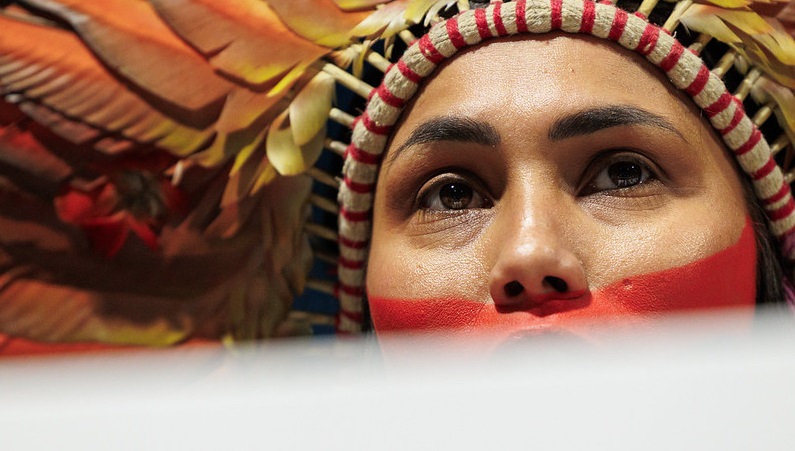
This article will be updated throughout the day and an edited version will be sent out each evening as a newsletter – you can sign up here.
Text offers two far-apart visions for finance goal without numbers
Early on Thursday morning, the COP29 Presidency released a draft document intended to serve as the basis for a deal on a post-2025 goal for climate finance for developing countries.
As expected, the text leaves the most contentious issues undecided including who pays, how much and what the structure of the goal should be.
The text has two main options for how the goal would look: the first reflects developing-country preferences, and the second is what developed countries want to see.
Option one includes an annual goal starting from 2025 and running until 2035, while option two is a goal to be reached by 2035, giving wealthy nations longer to ramp up to meet it.
India, donor countries give up on Just Energy Transition Partnership – German official
Option one says the finance would come from developed to developing countries – although it also accepts developing countries being “invite[d]” to provide finance “voluntarily” as long as this does not count towards the main goal.
Option two refers to the money coming from a “wide range of sources and instruments, including public, private and innovative sources, from bilateral and multilateral channels”.
It states that developed countries should take the lead but also includes “efforts of other countries with the economic capacity to contribute”, as well as accounting for current bilateral and multilateral efforts, and finance mobilised by all other climate finance providers.
Option one says the goal should include finance provided by developed countries’ governments as well as private finance mobililsed by developed countries’ governments. These are the same categories included in the current $100 billion a year goal, which this goal will replace.
Coalition against fossil fuel subsidies expands but misses initial targets
But option two includes a much broader array of finance including innovative sources. It does not specify – but these could be measures like taxes on plane tickets or financial transactions. The word “including” leaves this list of sources open-ended and there are fears this could allow developed countries to include money from carbon markets.
While option one would just have a provision and mobilisation goal, option two would have a mobilisation goal led by developed-country governments, as well as a bigger, broader investment goal.
While all governments agree that only developing countries should be eligible to receive the finance, the extent to which the world’s poorest countries (LDCs) and small island developing states (SIDS) should be prioritised is still not agreed.
LDCs and SIDS want an annual minimum of $220bn and $39bn respectively. But in the text this has been left in square brackets, meaning it is not agreed. Alternative options are phrasing stressing the particular vulnerability of LDCs and SIDs and text that does not mention country groups but instead call for “equitable resource distribution”.
Joe Thwaites, a climate finance expert at the Natural Resources Defense Council said ”the text caricatures developed and developing country positions on what the main goal should be. The Presidency needs to propose an option 3 that bridges the two.”
Harjeet Singh, a campaigner from the Fossil Fuel Non Proliferation Treaty Initiative, said it included options that were good, bad and “some downright ugly”. He expressed concern that there are no sub-goals for cutting emissions, adapting to climate change and for the loss and damage caused by climate change.
#mc_embed_signup{background:#fff; clear:left; font:14px Helvetica,Arial,sans-serif; }
/* Add your own Mailchimp form style overrides in your site stylesheet or in this style block.
We recommend moving this block and the preceding CSS link to the HEAD of your HTML file. */
